Scientists probe cosmic microwave background and black hole radiation to test our understanding of electromagnetism.


Scientists probe cosmic microwave background and black hole radiation to test our understanding of electromagnetism.
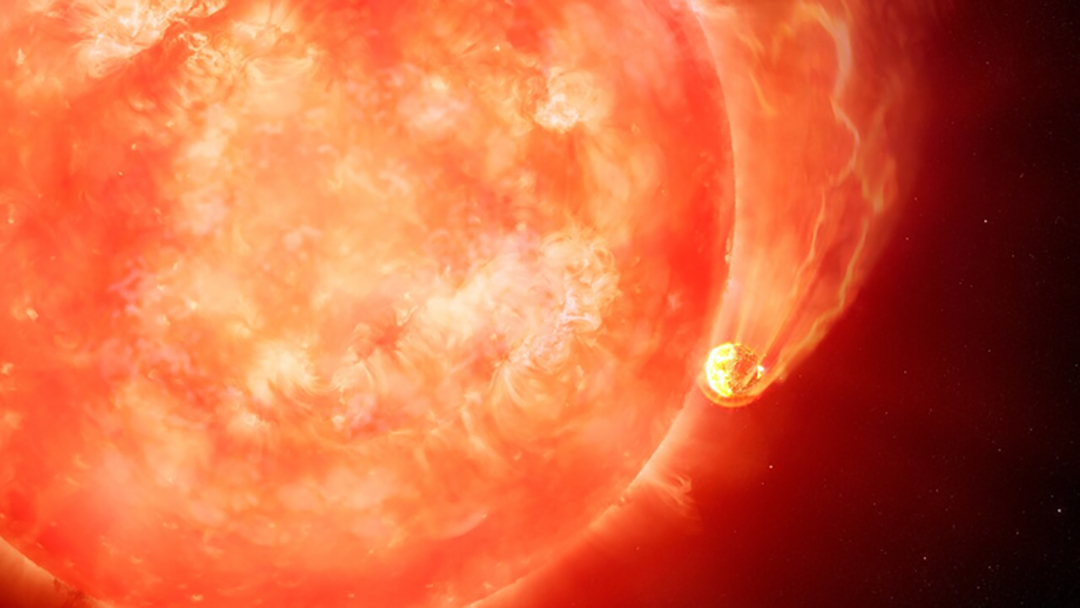
The observations of the death-row star and an unfortunate planet give us an advanced preview of Earth’s final fate.
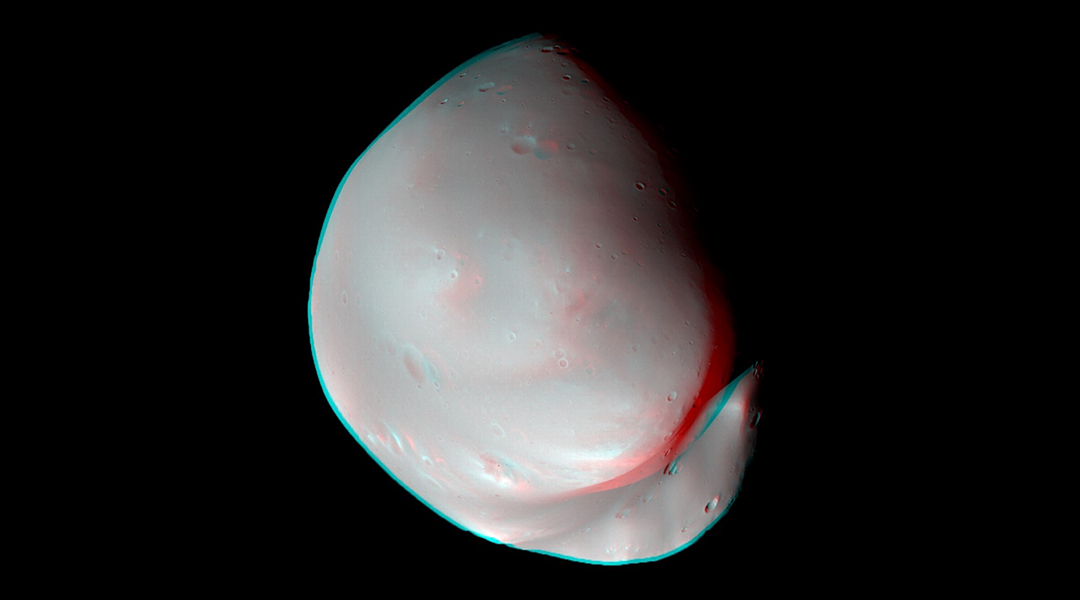
“People in the Emirates think differently now, school students dream of going to space, of being a scientist. That’s the real goal.”
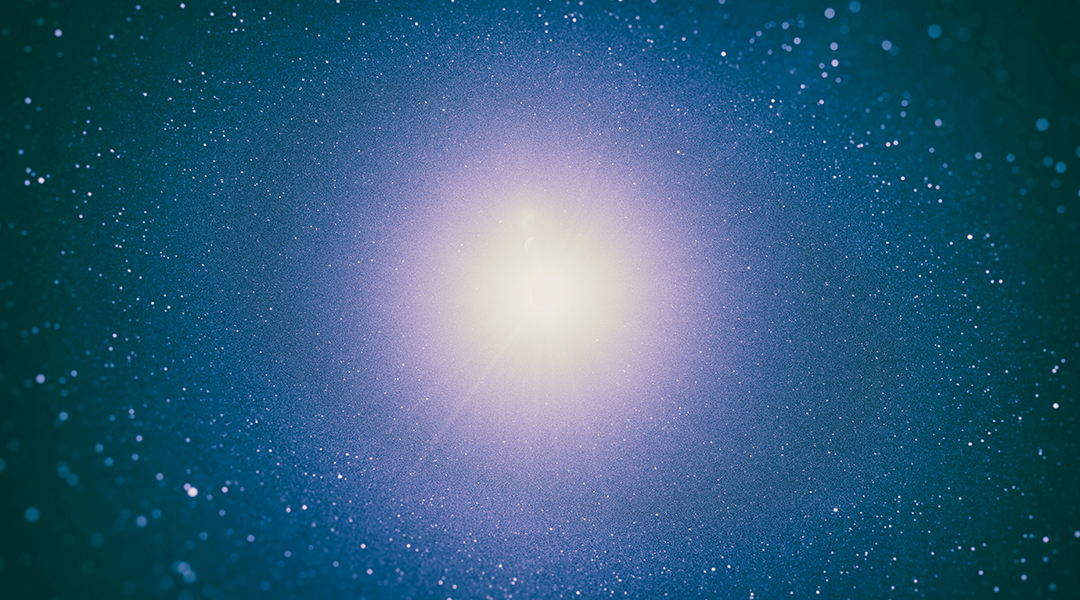
Astronomers have observed neutron stars that emit more energy than is theoretically possible, and now an explanation might be in the works.
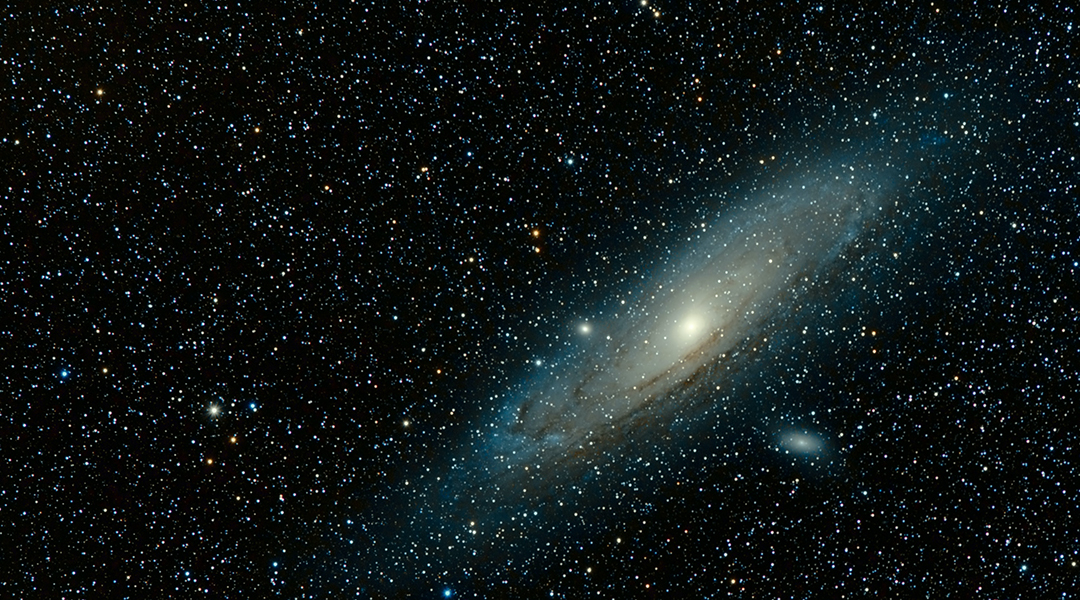
Many physicists are still skeptical that dark energy can fully explain gravity, and are therefore exploring alternative theories.
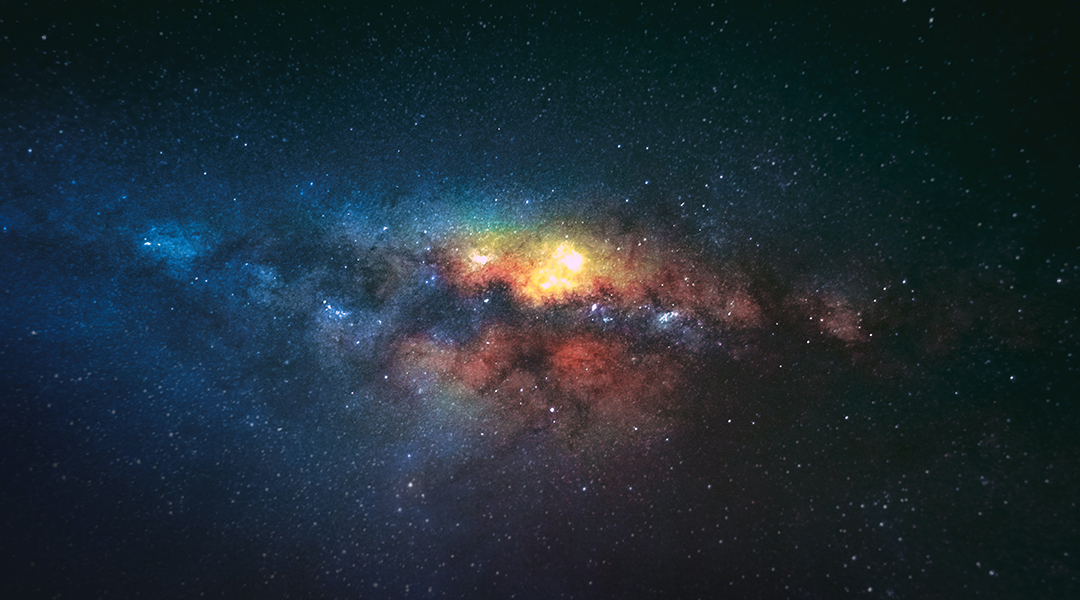
Comparing simulated X-ray emissions from galaxy clusters to real observations provides support for the Standard Model of Cosmology.
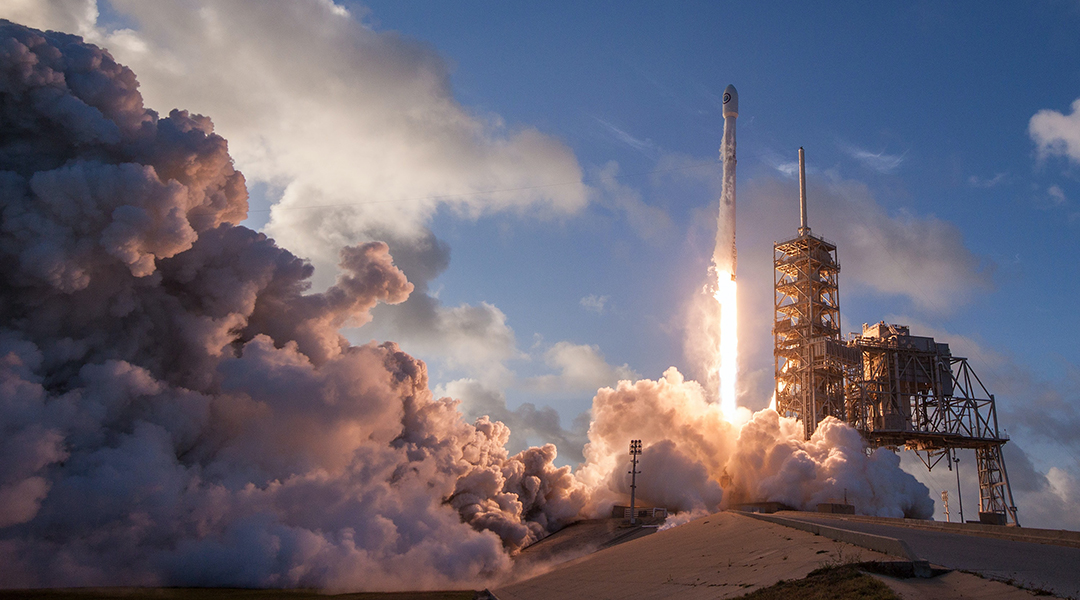
Nine different ways of using technologies based on microbes that can make space research more circular and generally more sustainable.
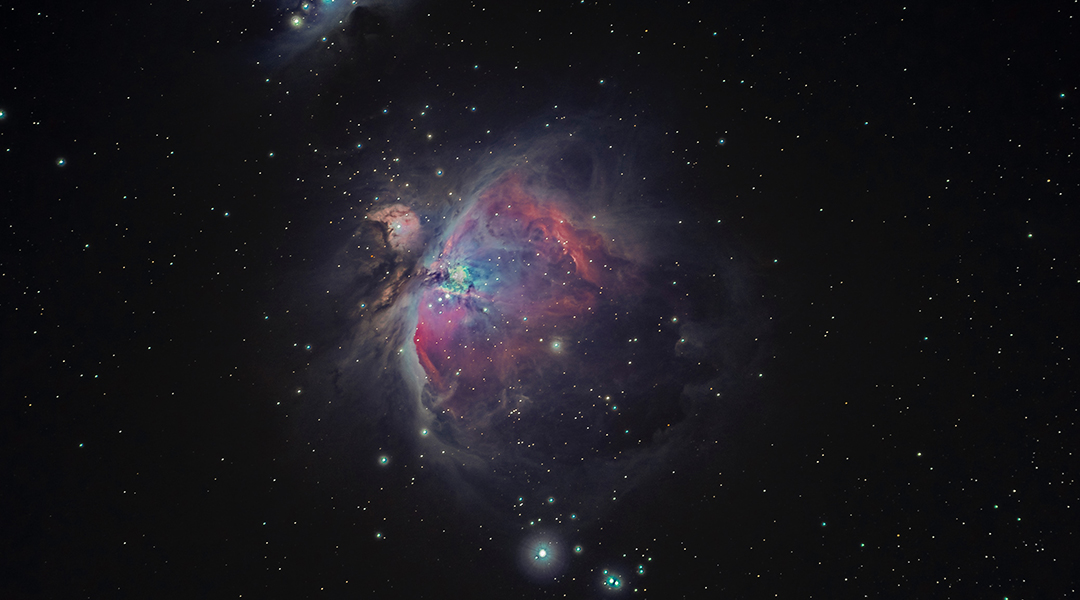
The powerful capabilities of the JWST allowed scientists to penetrate dust and gas clouds to capture crucial data on new star formation.
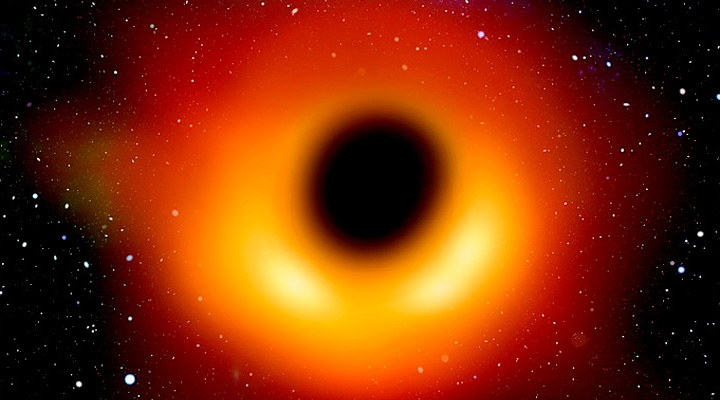
Finding the Universe’s first black holes with the help of Hawking radiation.
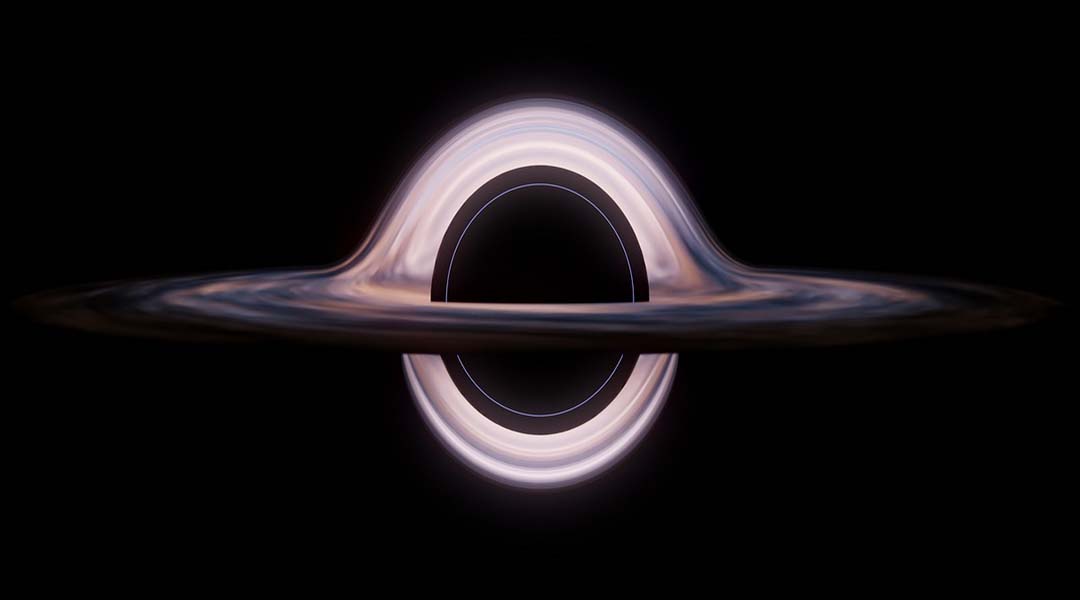
Astronomers looking at how black holes grow over time may have found the answer to one of the biggest problems in cosmology.